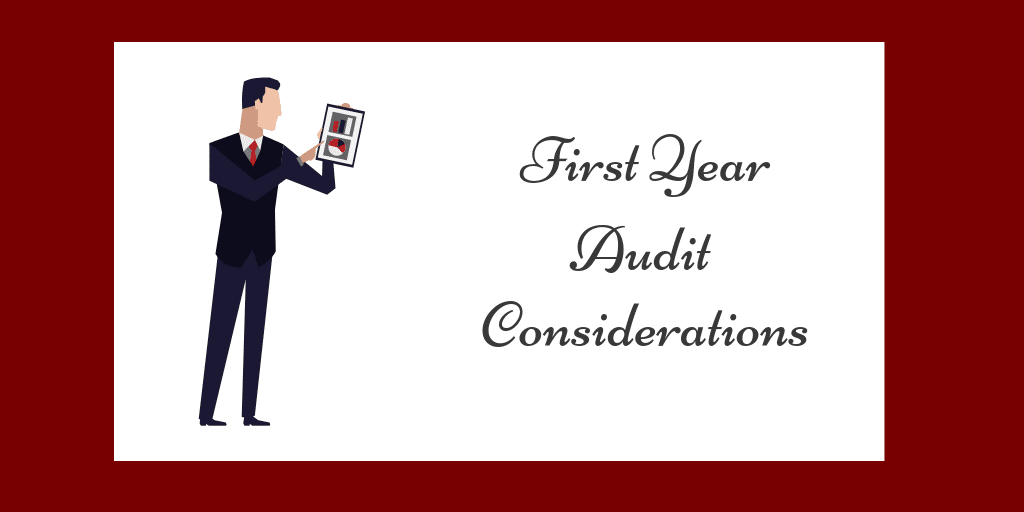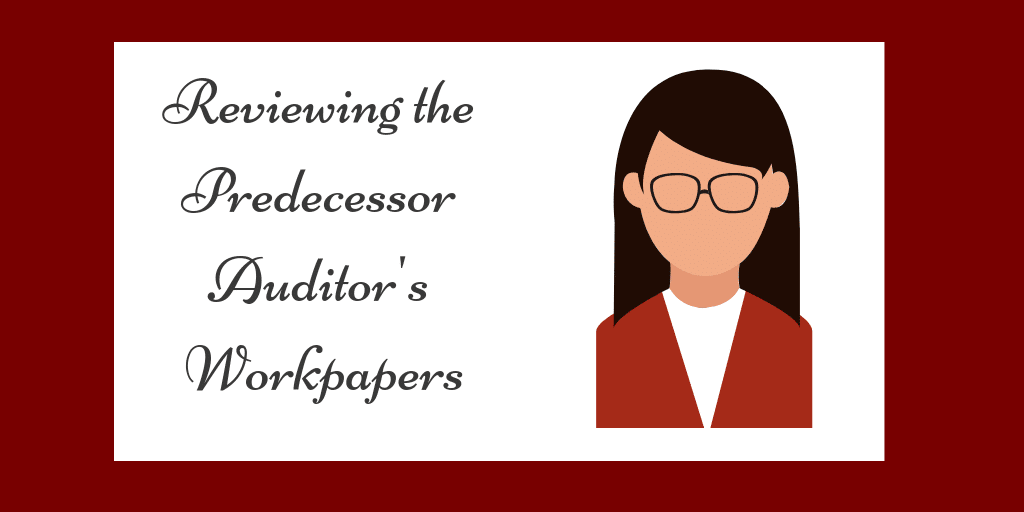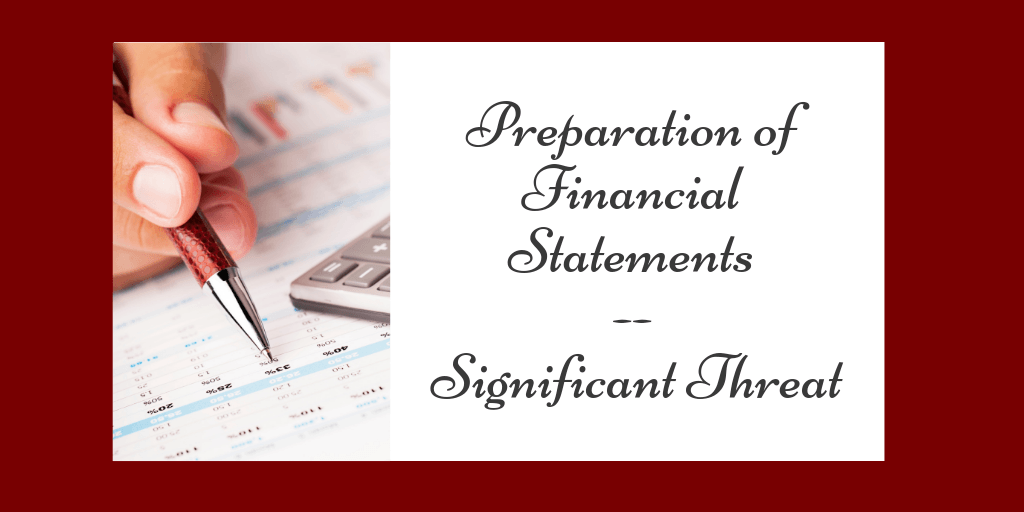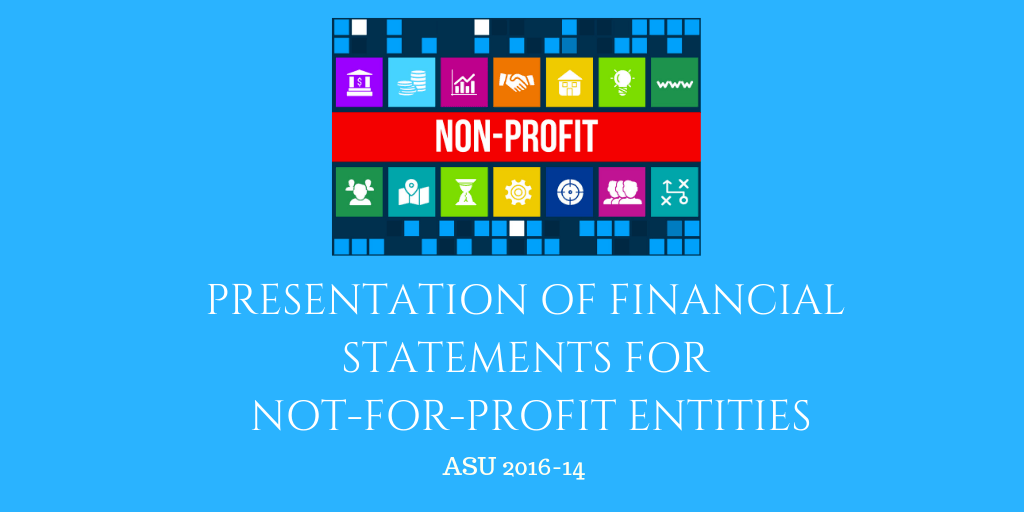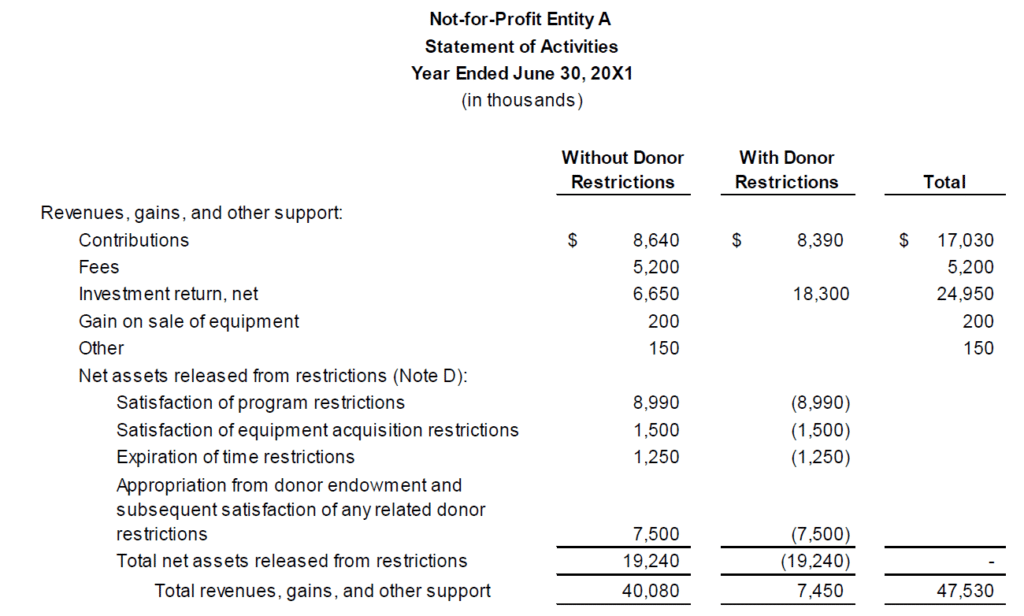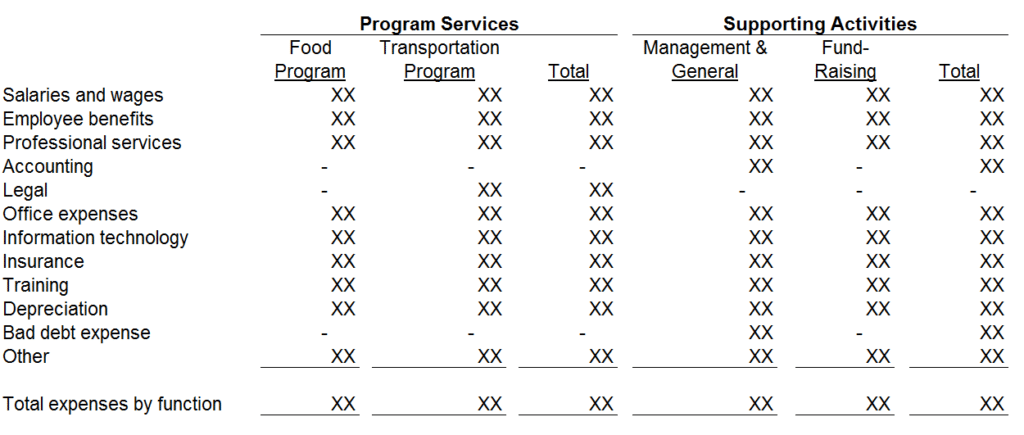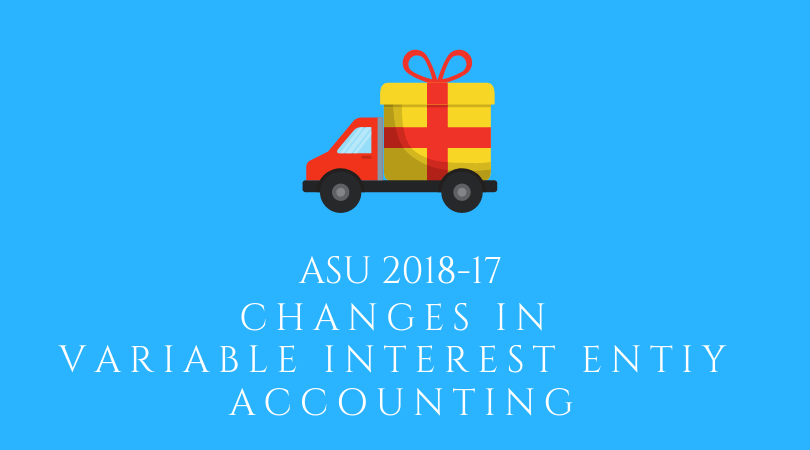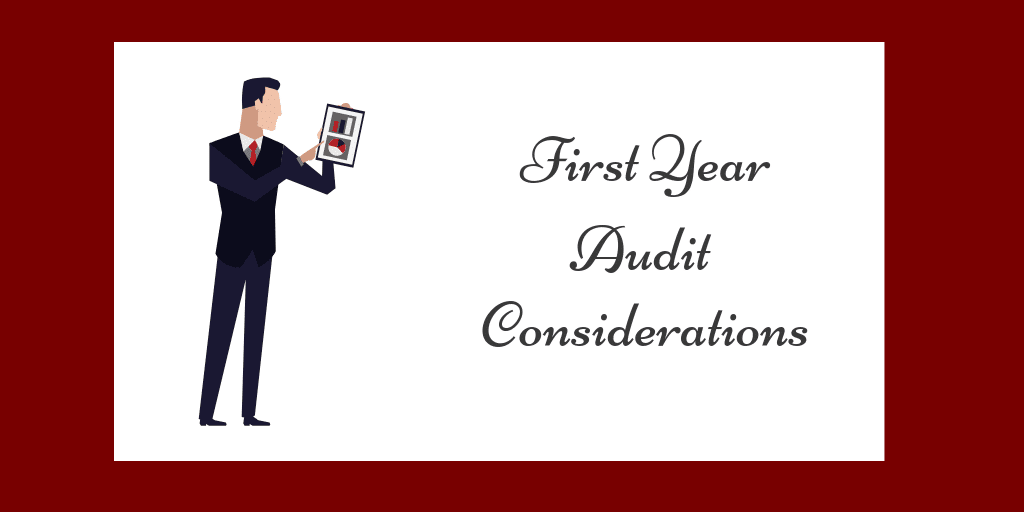
First Year Audit Considerations
By Charles Hall | Auditing
Congratulations! You've won a new audit client. Now, let's consider the first year audit considerations.
In this post, I explain why it's necessary to obtain supporting information for opening balances and how contacting the predecessor auditor is to your advantage.
First Year Audit Considerations
Here are three key first year audit considerations:
- Obtaining information about opening balances
- Reviewing the predecessor auditor's workpapers
- Complying with your firm's quality control standards
Let's take a look at each of these.
1. Obtaining Information about Opening Balances
AU-C 510.08 states "The auditor should obtain sufficient appropriate audit evidence about whether the opening balances contain misstatements that materially affect the current period's financial statements." If you are unable to obtain such information, then you will need to qualify or disclaim your opinion. So, it's important to get comfortable with these balances.
Some auditors think, "Well, I'll just review the prior year audit report." That's a good start, but not good enough.
Why can't we just review the prior audit report? If the prior audit covered the period ending December 31, 2018, it does not cover the January 1, 2019 balances. If your audit is for the year ended December 31, 2019, then reviewing the audited financial statements for the year ending December 31, 2018 helps but it does not ensure the legitimacy of the January 1, 2019 opening balances. The audit standards state that the auditor has to determine whether the prior period closing balances were correctly brought forward to the new period. Additionally, we need to consider how the predecessor's audit work affects our current year risk assessment (more in a moment).
Also, determine that the opening balances are in compliance with appropriate accounting policies. If the prior year financial statements were created using the modified cash basis of accounting but GAAP financials are required in the current year, then bringing forward prior year balances won't do. GAAP is full accrual; the modified cash is not.
Additionally, the audit standards state that the successor auditor should perform "specific audit procedures to obtain evidence regarding opening balances" (per AU-C 510.08). You might, for example, examine the depreciation schedule for the prior year and compare it to the opening balances. For debt or investments, you could confirm the opening balances (I'm not saying this is required, just an option). For some (less significant balances) you might examine investment statements or loan amortizations and agree those to the opening balances. The opening balances for current assets or liabilities might be proven by activity early in the current year: Were prior year receivables collected? Were prior year payables paid?
What we can't do, however, is nothing. The General Audit Engagement Checklist (PRP Section 20,400) asks the peer reviewer the following:
Did the successor auditor obtain sufficient appropriate audit evidence regarding opening balances about whether opening balances contain misstatements that materially affect the current period's financial statements and appropriate accounting policies reflected in the opening balances have been consistently applied?
The peer reviewer will look for documentation as it relates to opening balances. If not present, then there is a problem. At a minimum, write a memo stating how you got comfortable with all significant opening balances. And create an audit program related to opening balances.
2. Reviewing the Predecessor Auditor's Workpapers
Reviewing the predecessor auditor's workpapers is one of the more unpleasant duties of an auditor. I did so recently. The predecessor auditor is a friend of mine. As I visited him, I was uncomfortable. He was cordial, respectful, and nice. Some predecessor auditors don't exactly roll out the red carpet for you (and I get that). I try to remember the importance of professional courtesy when I lose a job (though it stings my pride).
In any event, the successor auditor is required to initiate communications with the predecessor auditor prior to accepting the engagement (see AU-C 210.11-12). The peer review checklist asks:
If the auditor succeeded another auditor, did the successor auditor initiate communications with the predecessor auditor to ascertain whether there were matters that might assist the auditor in determining whether to accept the engagement?
Why call the predecessor auditor? To see if there were disagreements between the auditor and the company. To see if there were ethical issues.
Additionally, you need to request permission to review their prior year workpapers. AU-C 510.A 7 says, "The extent, if any to which a predecessor auditor permits access to the audit documentation...is a matter of the predecessor auditor's professional judgment." Translation: They don't have to permit access, but they (generally) should. If the predecessor allows access to their workpapers, you can use that information in planning your current year audit.
3. Complying with Your Firm's Quality Control Standards
See what your firm's quality control document says about initial audits. Many firms require an engagement quality control review (an EQCR) for first-year engagements. (If yours does not, consider adding it to your QC document.) Why? New audits take a great deal of time. Because they do, it's tempting to cut corners. An EQCR lessens the temptation. The engagement partner knows the engagement will be reviewed by another firm member (often, another partner).
How the Predecessor Auditor's Work Helps You
Contacting the predecessor auditor may be the best thing you can do prior to accepting an audit. They might tell you, for example, that the potential client is unethical or that they are slow to pay their audit fees. Because you desire a healthy book of business, this step may save you plenty of headaches. As I've said before client acceptance is the important audit step.
If you accept the engagement, consider how the predecessor's responses and workpapers affect your risk assessment. Were there several material audit adjustments in the prior year? Did the predecessor auditor issue a material weakness letter? Then such considerations should be included in your current year risk assessment.
The predecessor auditor's work can also help you get comfortable with opening balances.

